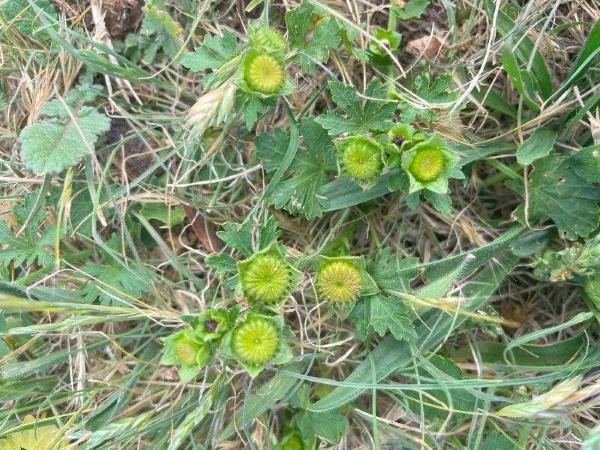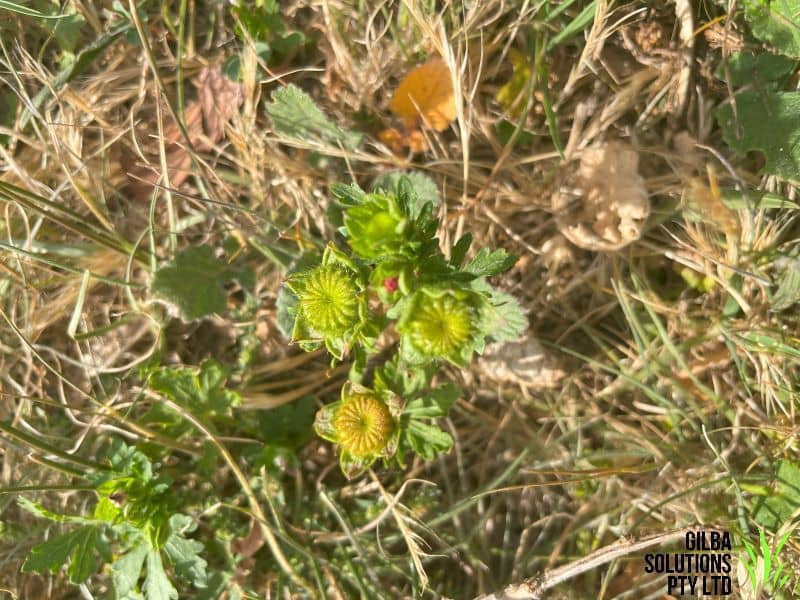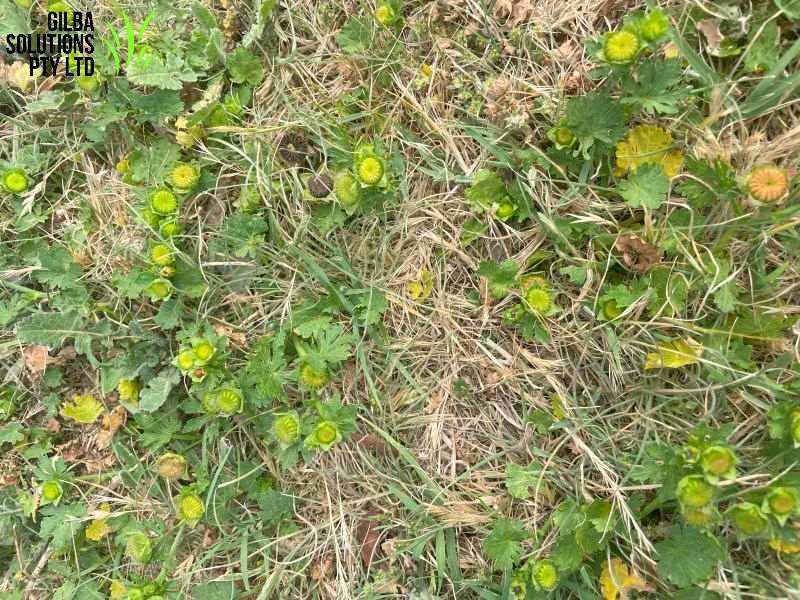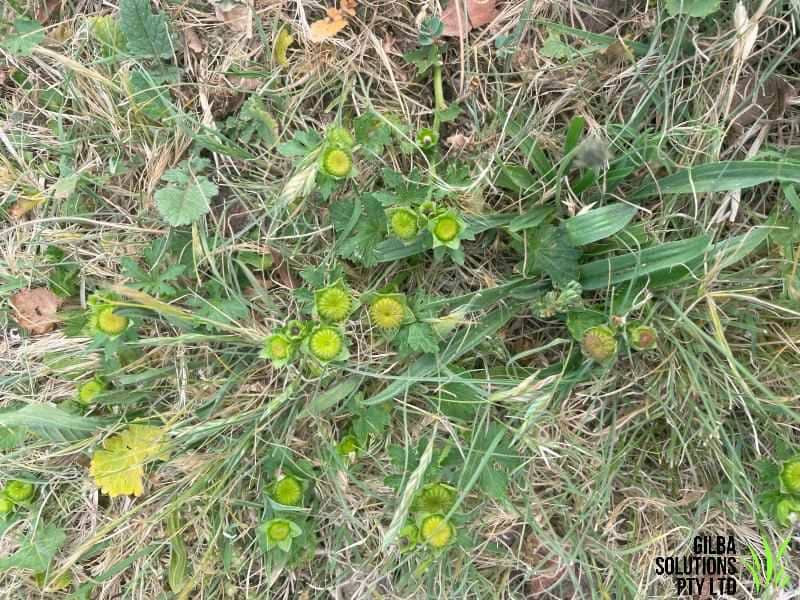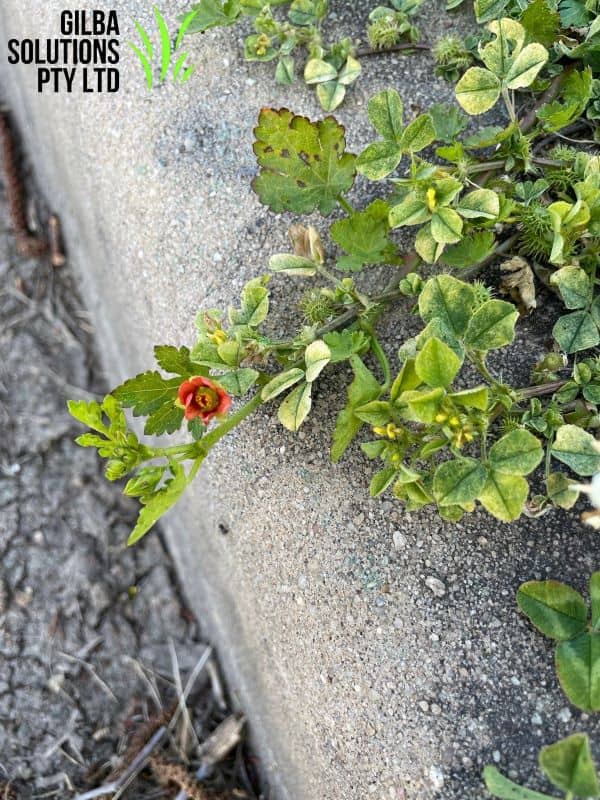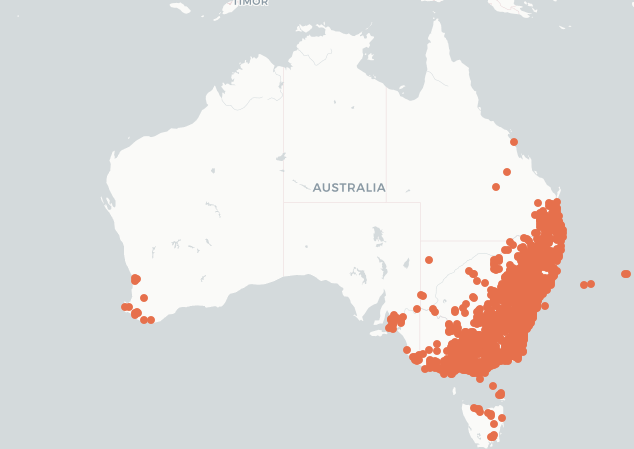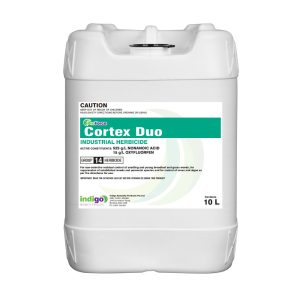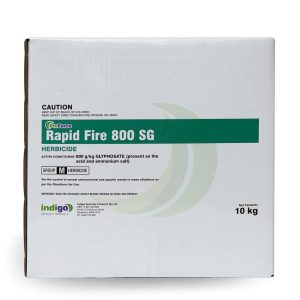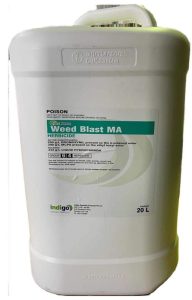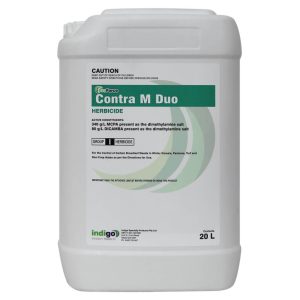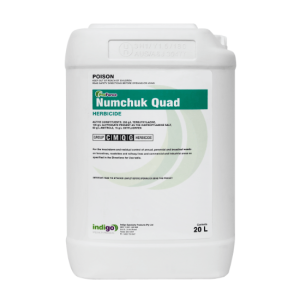Creeping Mallow (Modiola caroliniana)
Creeping Mallow (Modiola caroliniana) is also known as Red Flowered Mallow. It is a rhizomatous, low growing biennial or perennial weed. It is a problem in turf, lawns and gardens.
As a biennial weed it needs two seasons to complete its life cycle. It tends to produce vegetative growth in its first year. In the second year it produces small flowers and sets seed.
After you read this, you will be able to:
- Recognise Red Flowered Mallow.
- Know its habitat.
- Know the best options to control Modiola caroliniana.
Why is Creeping Mallow a Problem Weed?
- Because of its below ground root system, this weed spreads easily.
- It forms dense mats that choke out vegetation.
- It competes with other plants for water, nutrients, and sunlight.
- This weed causes nerve disorders in sheep, cattle and goats (staggers).
- Aesthetically it is a problem in lawns, and gardens.
More on turf weeds is in our weed ID chart.
The distribution map for Modiola caroliniana is courtesy of The Atlas of Living Australia.
How to Identify Creeping Mallow.
Modiola caroliniana grows up to 25 cm in height. Its leaves have a cover of star shape and/or simple hairs.
Photosynthetic Pathway: It is a small flowering C3 weed. This means it is well-suited to temperate and cool climates.
Category: This is a broadleaf (Dicot) weed.
Flowers: It has single orange-red or red flowers with yellow centres. These flowers have 5 petals and are on stalks. The fruiting head looks like a wheel of cheese with wedge-shape sections. Plants tend to produce these small flowers from November to February.
Leaf length: The light green egg, shape leaves are 3 to 4 cm long.
Leaf width: The leaves are 2 to 3 cm wide.
Stems: Red Flowered Mallow has prostrate, creeping stems that root at the nodes.
Reproduction: This weed reproduces from seed, and produces up to 5,000 seeds in a season. The seeds tend to disperse by water or animals. They are able to pass through an animals digestive tract and remain viable.
Red Flowered Mallow produces dormant and non dormant seeds.
- The dormant seed has an impermeable seed coat. This stops the uptake of water and causes them to stay dormant.
- In the Summer, these seeds break out of dormancy due to either natural temperature variations or as a direct result of physical activity like scarification.
- Non dormant seed germinates over a wide range of temperatures. These range from 3.3°C to 37°C.
- It grows in a wide soil pH range of 4 to 10.
- The greatest seed germination rate occurs at a soil depth of 0.5 to 2 cm.
Comments: The leaves are kidney-shaped, round or have a triangle shaped with 3 to 7 toothed lobes.
Habitat: This weed is common in gardens, lawns, and playing fields. It also occurs in aquatic areas and in areasof disturbed vegetation.
How to Control Creeping Mallow.
Weed Management Timeline for Red Flowered Mallow (Modiola caroliniana).
Management Calendar for Creeping Mallow | ||||||||||||
Biennial or Perennial. | ||||||||||||
Month | Jan | Feb | Mar | Apr | May | Jun | Jul | Aug | Sep | Oct | Nov | Dec |
Germination | ||||||||||||
Flowering | ||||||||||||
Pre emergent herbicide | ||||||||||||
Post emergent herbicide | Actively Growing in the Autumn | |||||||||||
Cultural Control of Creeping Mallow.
- Maintain a thick, healthy turf cover.
- Feed your turf properly to create a thick cover that outcompetes any weeds.
- Mow at the right height as this favour turf grass over this weed.
- Grass selection plays a key role in the control of Red Flowered Mallow. Choose the wrong turf seed or turf type, and you quickly end up with a weedy lawn that is difficult to manage.
- If you intend to hand weed, do this before it produces any seed in the early Summer.
- If any of the root system remains in the soil, it will re-grow even if you use a pre-emergent.
Chemical Control of Creeping Mallow.
Pre-emergents for Creeping Mallow.
- Pre-emergents like Specticle or granular pre-emergents like Onset 10GR, have no knockdown activity. They do not work on older plants.
- They do give good control of Mallow that grows from seed.
- In NZ Esplanade has a label for this weed.
Selective Herbicides for Creeping Mallow.
- Contra M. Do not use this on Buffalo grass.
- Warhead Trio.
- Weed Blast MA .
- MCPA does work on young plants. However, the results are very hit and miss on mature plants.
Table of Post Emergents for Creeping Mallow.
Product | Active | Chemical Group | Rate/Ha | Comments | ||||
Contra M. | Dicamba + MCPA | 4 | 6.5 L | Apply in 250-400L water. DO NOT use on Buffalo grass. After use do not mow for 2 days before or after application or fertilize within two weeks. | ||||
MCPA | MCPA | 4 | 930ml -1.8L | Apply in high volume to actively growing weeds. DO NOT mow for 2 days before application. Some transitory damage may occur to fine turf grasses | ||||
Warhead | MCPA + Clopyralid + Diflufenican | 4 + 12 | 5 L | You may see discolouration on kikuyu, carpet grass and Queensland blue. Avoid overlapping. Use an NIS. | ||||
Weed Blast MA | Bromoxynil + MCPA | 6 + 4 | 3-6L | Apply in a minimum of 500L/Ha water. DO NOT mow for 2 days after treatment. | ||||
Total knockdown herbicides.
- Herbicides such as Glufosinate Ammonium do give some control, but only tend to brown off the top of the plant.
- This has no effect on the existing root system. As a result, this will sometimes grow back in the same year.
- You can spot treat with Proforce RapidFire (800g/L Glyphosate) as this moves down into the roots. You need a very high rate, plus a spray adjuvant like OptiSpread 1000 for it to work. (This depends on growth stage of the plant).
- When you use ProForce RapidFire 800, you get the best results when you treat the weed when it is small and is newly emerged.
- If water quality is an issue then use ProForce Manta Ray.
Other non-selective options are:
- Numchuk Quad. Numchuk Quad kills existing weeds. It then stops them coming back for up to 12 months. This product is ideal for pavers, courtyards, driveways and fence lines.
- Cortex Duo. ProForce Cortex Duo Herbicide is a glyphosate free weed killer. It is both a non-selective knockdown & a residual herbicide that lasts up to 3 months. It also controls algae and moss, and is safe to use near trees and ornamentals.
Table of Non Selectives for Creeping Mallow.
Product | Active Ingredient | Group | Use Rate/Ha |
Glufosinate 200 | Glufosinate-ammonium | 10 | 1 to 6 L |
Rapid Fire 800 | Glyphosate | 9 | 0.9 to 1.35 Kg |
Numchuk Quad | Terbuthylazine + Glyphosate + Amitrole Oxyfluorfen | 5 + 9 + 34 + 14 | 20 to 25 L |
Cortex Duo | Nonanoic Acid + Oxyfluorfen | 14 | 7 L/1000L |
Renegade | Bromacil | 5 | 3.5 to 6.5 Kg |
In Conclusion.
While it’s not considered a major problem weed, Creeping Mallow can still be a nuisance in well-maintained areas. The key to its control is to maintain a healthy turf surface before you start to reach for a herbicide.

